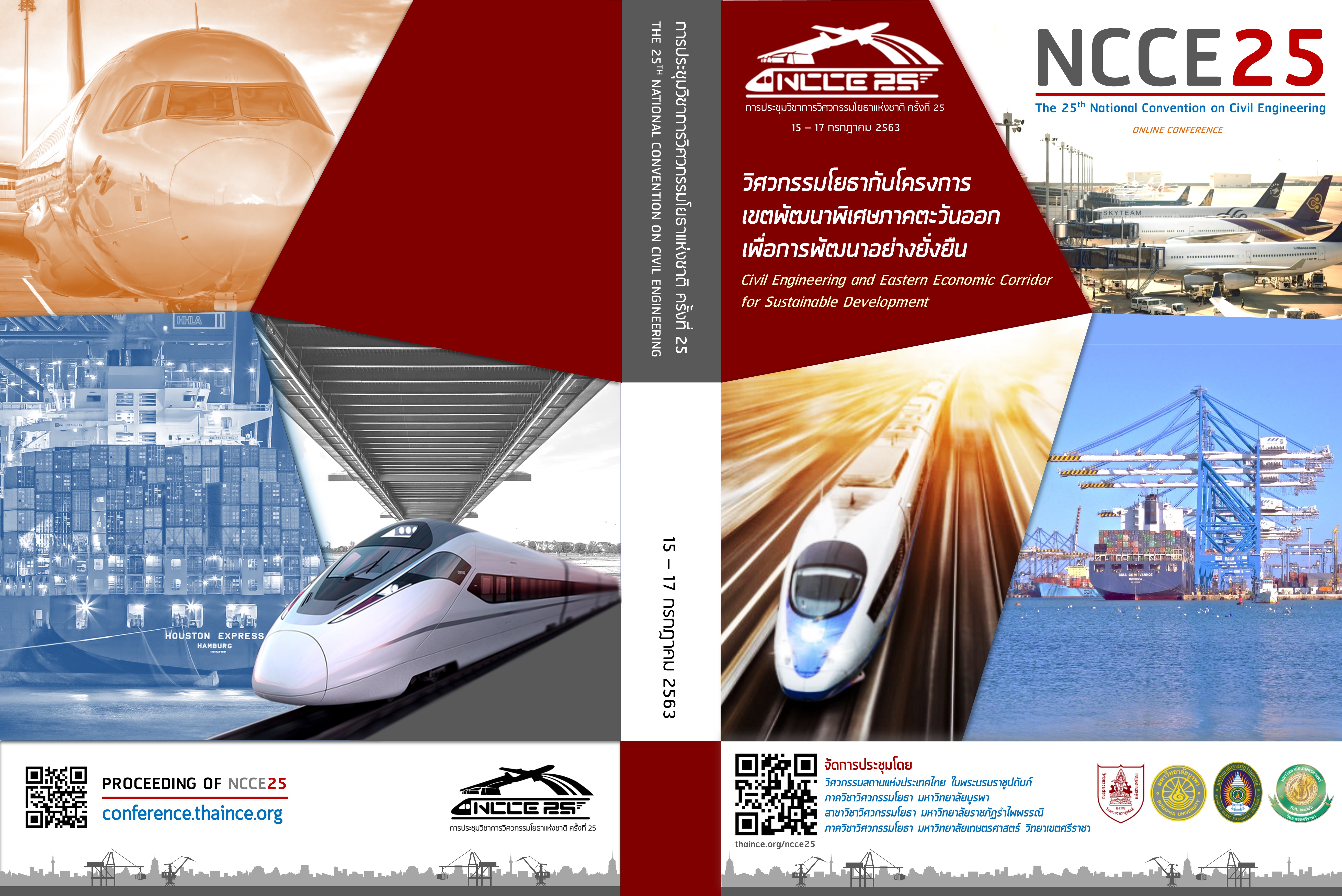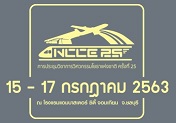Improving Urban Tree Species Classification from High-Resolution Aerial Imagery by Using Longitudinal Profiles and Ancillary Data from Airborne Lidar
Keywords:
longitudinal profiles, tree species classification, urban, high-resolution aerial imagery, LiDARAbstract
The observation and sustainable management of tree has always been vital and challenging for urbanized areas as it plays an important role in all aspects. According to the World Health Organization (WHO), Thailand has an average green space per capita lower standard. Therefore, the study of the distribution of trees and the classification of tree species in the urban area is extremely important. This paper presents an urban tree species classification from high-resolution aerial imagery using decision tree method, longitudinal profiles, and additional data from airborne lidar. Found that, the classification by using both data sources can improve the accuracy That providing overall accuracy is 83.34% and has a Kappa Statistics 0.833 or more. Also, the trees’ classification is more useful for separation in other urban areas and this can be used for tree management in tropical cities.
Downloads
Downloads
Published
How to Cite
Issue
Section
License
บทความทั้งหมดที่ได้รับการคัดเลือกให้นำเสนอผลงานในการประชุมวิชาการวิศวกรรมโยธาแห่งชาติ ครั้งที่ 25 นี้ เป็นลิขสิทธิ์ของ วิศวกรรมสถานแห่งประเทศไทย ในพระบรมราชูปถัมภ์



